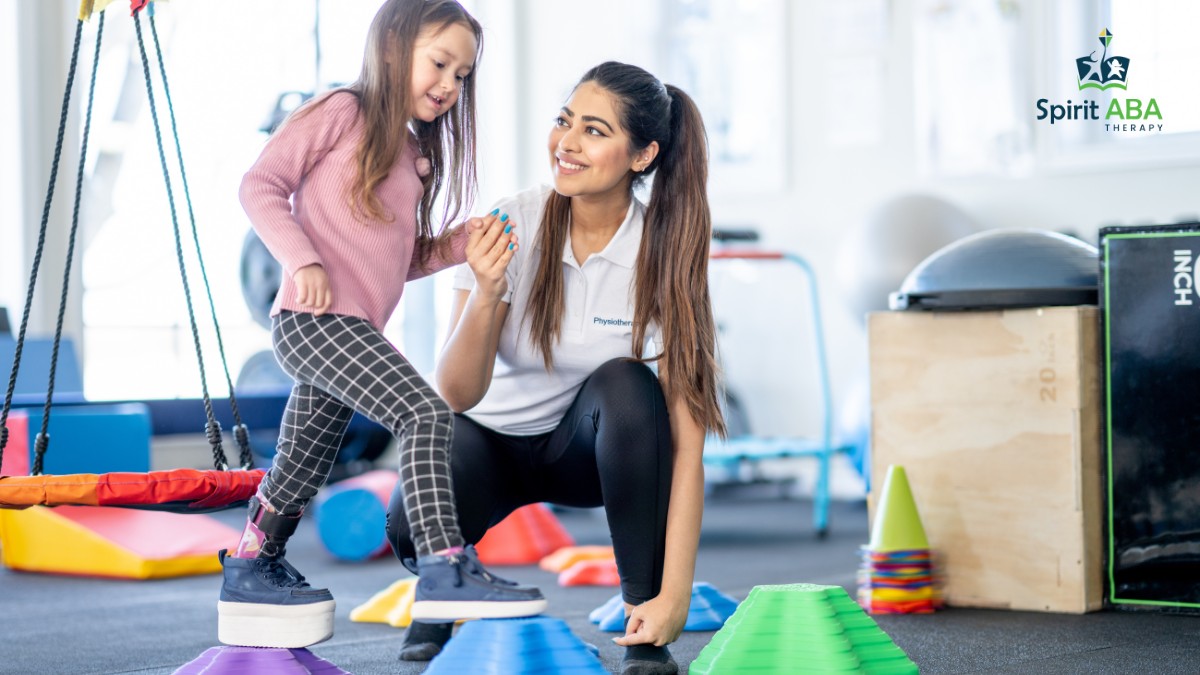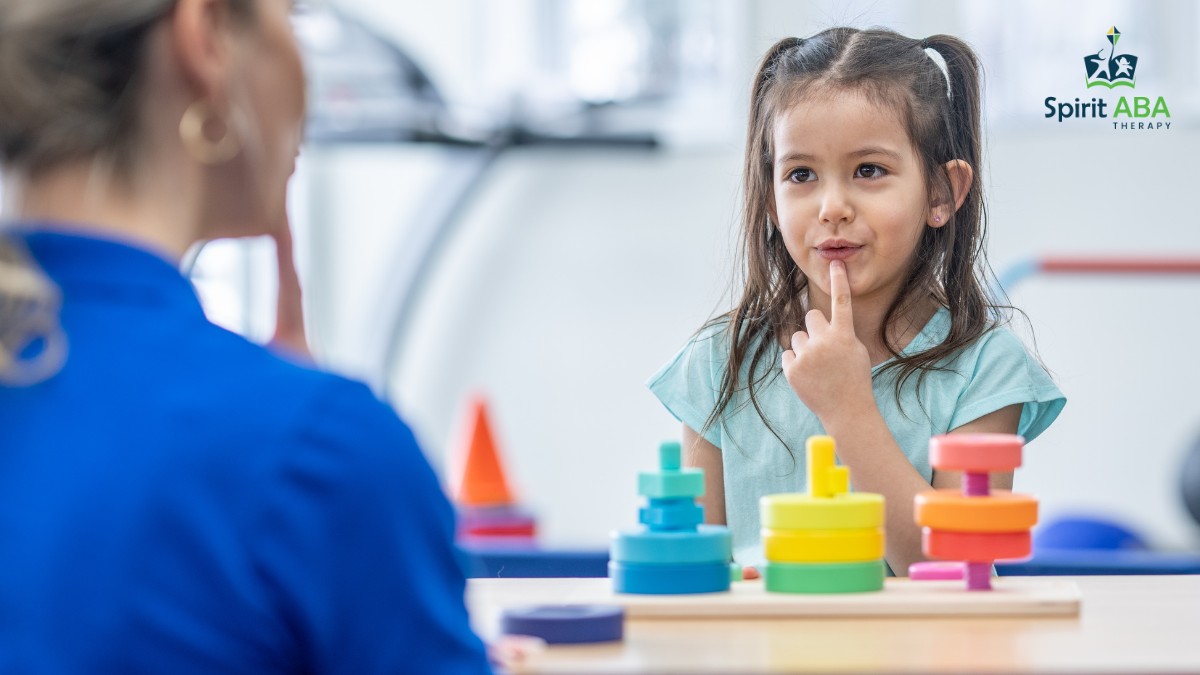Key Points:
- Sensory play autism activities help children regulate emotions, improve focus, and develop motor skills through engaging, tactile experiences.
- Simple, affordable tools like water beads, textured bins, and calming bottles can make sensory play effective at home.
- Incorporating sensory activities into daily routines supports learning and reduces anxiety for children with autism spectrum disorder (ASD).
Sensory challenges don’t have to mean missed play opportunities. In fact, with the right approaches, playtime can become your child’s favorite way to learn coping skills. These accessible activities meet kids where they are, transforming potential struggles into positive experiences.
Why Is Sensory Play Important for Autism?
Children with autism often experience the world differently—sounds may feel louder, lights brighter, and textures overwhelming. Sensory play autism activities provide a safe way to explore these sensations while building coping skills. By engaging their senses in a controlled environment, kids learn to process stimuli without becoming overstimulated.
These activities aren’t just fun; they’re therapeutic. Sensory play can:
- Improve fine and gross motor skills (e.g., pouring water or squeezing playdough).
- Boost communication as children describe what they see, hear, or touch.
- Reduce stress by offering a calming outlet for energy or anxiety.

What Are the Best Sensory Play Activities for Autism?
Looking for sensory play autism ideas that work? Here are five categories of activities, each targeting different sensory needs:
1. Tactile (Touch) Activities
Children who are sensitive to touch often avoid certain textures—or seek them out intensely. These activities help them explore at their own pace.
- Sensory Bins: Fill a container with rice, beans, or kinetic sand. Hide small toys for digging and discovery.
- Finger Painting: Use shaving cream, pudding, or edible paint for a mess-friendly experience.
- Texture Boards: Glue fabrics (fuzzy, rough, smooth) to a board for tactile exploration.
2. Proprioceptive (Body Awareness) Activities
Kids who crave deep pressure or struggle with coordination benefit from activities that engage muscles and joints.
- Obstacle Courses: Pillows to crawl over, tunnels to navigate, and ropes to balance on.
- Weighted Activities: Push a laundry basket filled with books or wear a weighted vest (under professional guidance).
- Theraputty: Stretchy resistance putty strengthens hands and provides sensory feedback.
3. Auditory (Sound) Activities
For children sensitive to noise—or those who seek sound—these games make listening fun and less stressful.
- Sound Matching: Fill eggs with different materials (rice, beads) and shake to find pairs.
- Calming Music: Use nature sounds or white noise to soothe during transitions.
- DIY Instruments: Make drums from oatmeal containers or maracas from plastic bottles.
4. Visual (Sight) Activities
Fluorescent lights or busy patterns can overwhelm some kids. These activities focus visual attention in a calming way.
- Glow Sticks in Water: Turn off the lights and drop glow sticks into a bath for a mesmerizing effect.
- I-Spy Bottles: Fill clear bottles with beads and small trinkets to search for.
- Lava Lamps: The slow movement provides a soothing visual anchor.
5. Olfactory/Gustatory (Smell/Taste) Activities
Picky eating or scent sensitivities? Gentle exposure through play can help.
- Scented Playdough: Add lavender for calm or peppermint for alertness.
- Taste-Safe Sensory Bins: Use cooked pasta, cereal, or whipped cream for edible exploration.
- Smell Jars: Cotton balls with vanilla, lemon, or cinnamon for guessing games.
Where to Start with Sensory Play at Home
You don’t need expensive toys or specialized equipment to create meaningful sensory experiences for your child with autism. In fact, some of the most effective sensory play autism activities can be made using everyday household items you already own. The key is to focus on engaging multiple senses while keeping the activities safe and enjoyable.
For example:
- Plastic Bottles: Transform empty water bottles into stimulating tools. Fill one with rice or dried beans to make a rainmaker that provides soothing auditory input. Another bottle can become a calming visual tool when filled with water, glitter, and food coloring—perfect for helping children self-regulate during moments of stress.
- Old Blankets: These can be used to create cozy forts that provide deep-pressure input, which many children with autism find comforting. Drape blankets over furniture to make a quiet retreat, or wrap your child snugly for proprioceptive input that helps with body awareness.
- Bubble Wrap: This simple material offers both tactile and auditory stimulation. Let your child pop the bubbles with their fingers for fine motor practice, or lay sheets on the floor for jumping and stomping to engage their whole body.
When introducing sensory play, start with short, structured sessions of 10–15 minutes daily. This regular exposure helps children gradually build tolerance and enjoyment of different textures, sounds, and movements. Over time, you can expand the duration and complexity of activities based on your child’s comfort level and engagement.
How to Adapt Sensory Play for Different Needs
Every child with autism experiences sensory input differently, making personalized adaptations essential for successful play. Here’s how to tailor activities to meet individual needs:
For Sensory Seekers
These children crave intense stimulation. Provide activities with strong sensory input, such as:
- Vigorous movement (trampoline jumping, swinging, or obstacle courses)
- Oral-motor engagement (crunchy snacks like pretzels or chewy foods)
- Bright, high-contrast visuals (spinning light toys or glitter bottles)
For Sensory Avoiders
These kids are easily overwhelmed. Introduce new experiences gradually:
- Start with one neutral texture (like smooth playdough) before introducing variations
- Always let them opt out without pressure
- Create a “safe retreat” space nearby for breaks
For Mixed Profiles
Some children fluctuate between seeking and avoiding. For them:
- Alternate high-energy and calming activities
- Watch for subtle cues (like fidgeting or zoning out)
- Keep sessions short but frequent
Pro Tip: Become a detective of your child’s reactions. Covering ears, squinting, or retreating means “too much”—reduce intensity immediately. Leaning forward, smiling, or requesting “more” signals engagement—build on that activity. Remember, what works one day may need adjustment the next.

Need Extra Support? Try ABA Therapy in Colorado, Iowa and Nebraska
While sensory play autism activities are powerful tools, some children benefit from structured guidance. At Spirit ABA, our ABA therapy programs in Colorado, Iowa and Nebraska integrate sensory strategies to help kids thrive in their daily lives.
Ready to see progress? Contact us today to learn how ABA therapy can personalize sensory and behavioral support for your child!


